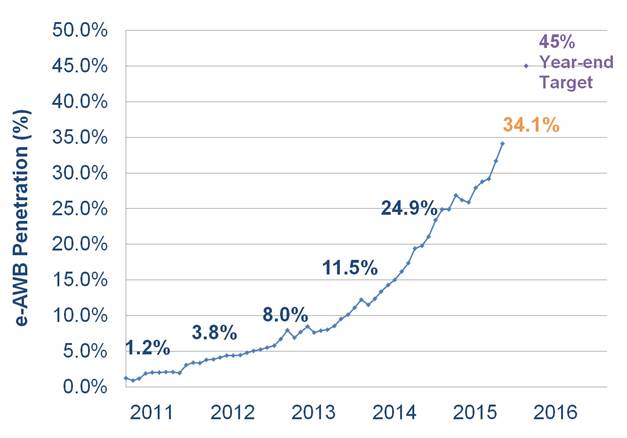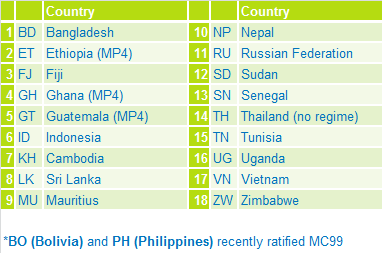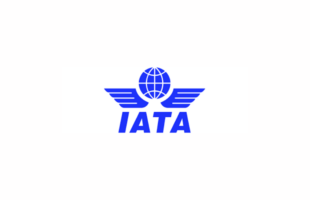
Global e-AWB penetration - September 2015
In 2015, the overall rate of e-AWB adoption is progressing despite often challenging regulatory environments, IATA noted. “There are still numerous constraints challenging the replacement of paper by electronic documents but there is hope on the horizon as initiatives are underway to address these challenges,” it said.
There are still many routes that are not open to e-AWB for legal or operational reasons, including 20 per cent of the market is still not legally feasible, as several countries are yet to ratify Montreal Convention 1999 (MC99). Furthermore a large number of routes are still not operationally feasible, due to the lack of readiness of supply chain stakeholders (such as customs, airlines, airports) or lack of appropriate IT infrastructure.
The current developments in trade facilitation, particularly with the adoption of the WTO Trade Facilitation Agreement, in November 2014, also known as the ‘Bali’ agreement, are encouraging, IATA said. Trade facilitation increasingly focuses on supporting paperless trade. Developments such as the entry into force of the new European Customs Code in the European Union, one of whose objectives is to eradicate the use of paper by 2020, will encourage regulators to remove customs paper documentation.
Many parts of the world still consider paper as the only valid means to evidence a customs transaction, however today more than ever in the past, the governments around the world are looking at using paperless procedures as a means to facilitate trade, thus supporting the adoption of e-Cargo (incl. e-AWB.)







